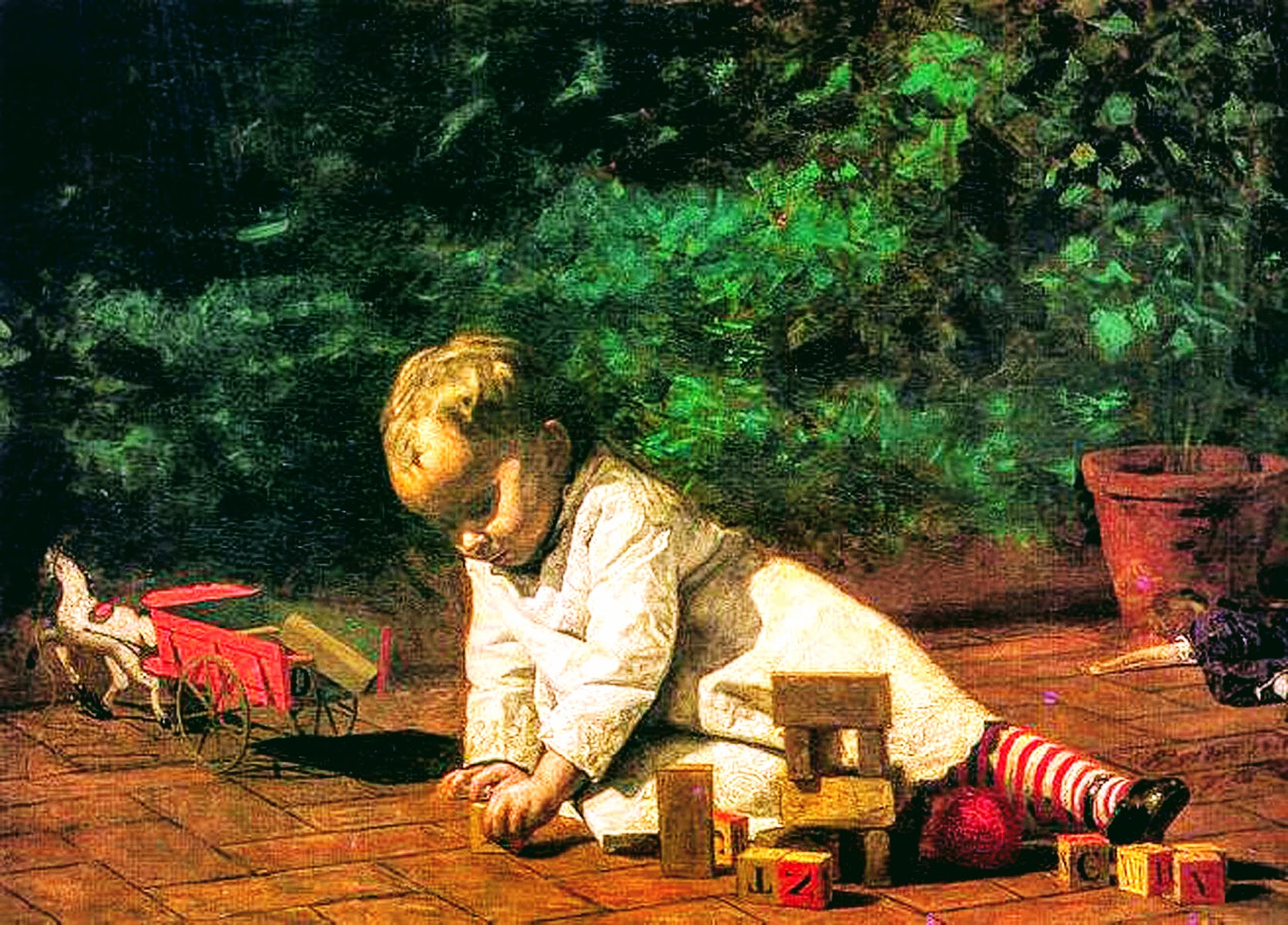Kids spend years learning how to use a fork, zip their sweatshirt, or turn a doorknob. Those abilities, known as fine motor skills, work in synchronization with visual-motor skills, known as hand-eye coordination. This is the capacity of our eyes to tell our hands and fingers what to do and when, starting with reflexes. Those skills are as important in everyday life as they are at school.
According to Dana Sciullo, a licensed pediatric occupational therapist in Pennsylvania, “fine motor skills refer to the ability to use the small muscles of the hands with adequate strength, dexterity and coordination to grasp and manipulate objects." While a 4-year-old may hold a pencil and use their whole hand to draw, a five-year-old can start using a pen between the first and middle fingers and thumb.
From the elementary school years children acquire more advanced fine motor skills. 5-6-year-olds will learn to tie their shoes and will start to write by hand. Tasks such as lace up shoes and threading beads onto a string are great exercises to improve fine motor skills.
The early years are a good time for play-based learning. Parents should use blocks for teaching early math and help their children to count as they move the blocks along, says Chandra Foote, dean of the College of Education at Niagara University in New York. During the first years, Duplos, Legos, puzzles and musical instruments are all excellent early learning tools. In fact, anything that encourages the young students to use their hands and fingers will help develop and reinforce their fine motor and visual-motor skills.
In this domain, parents can do a lot at home. Sciullo recommends to practice at least 15 to 30 minutes of fine motor activities every day with children to facilitate their development. She also suggests some useful activities that parents can use with their babies, toddlers, and older kids.

Picture: Toddler at Play, by Thomas Eakins (Wikipedia, w/Effects)



